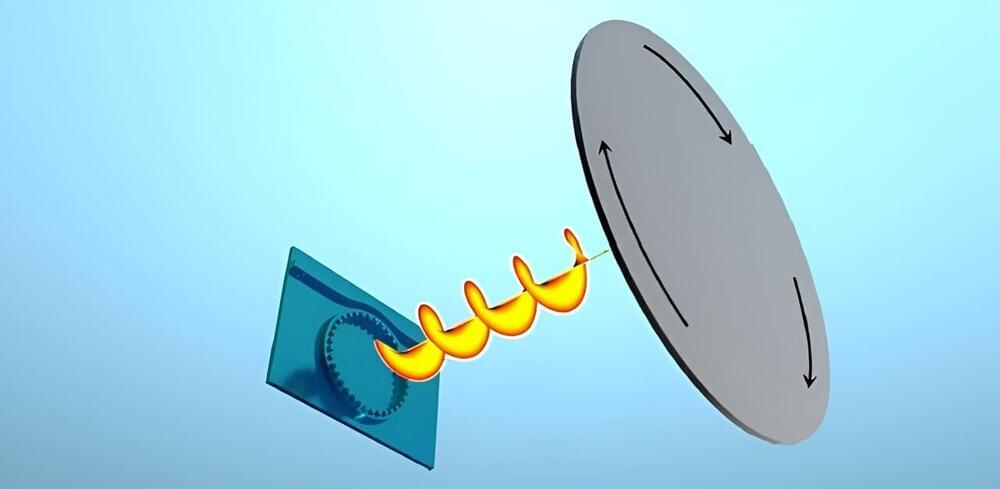You may not realize it, but the Doppler effect is everywhere in our lives, from tracking the speed of cars with radar to locating satellites in the sky. It’s all about how waves change their frequency when a source (like a radar signal) and a detector are in motion relative to each other. However, traditional radar systems hit a roadblock when trying to detect objects moving at right angles to their radar signals. This limitation has driven researchers to explore an entirely new approach.
Imagine a radar system that doesn’t just rely on linear waves but instead uses spiraling electromagnetic waves with orbital angular momentum (OAM). These special “vortex” waves have a helical twist and introduce a signature rotational Doppler effect when they encounter a spinning object.
To improve identification and detection of these rotational Doppler effects, researchers from University of Shanghai for Science and Technology (USST) have harnessed terahertz (THz) waves by developing an integrated THz vortex beam emitter, as reported in Advanced Photonics.
